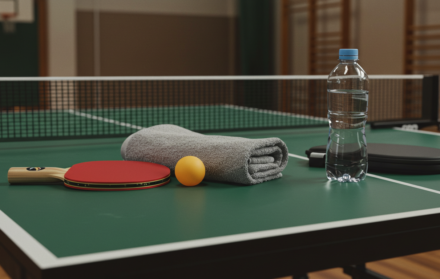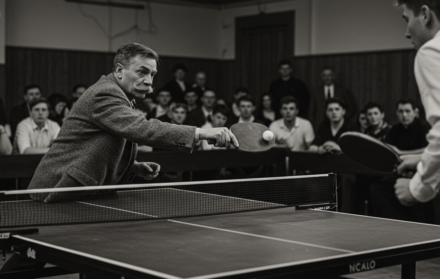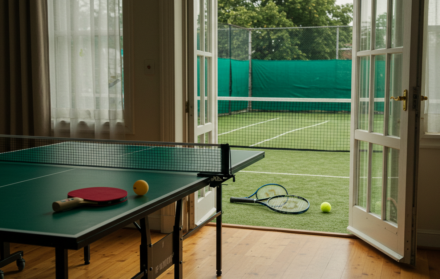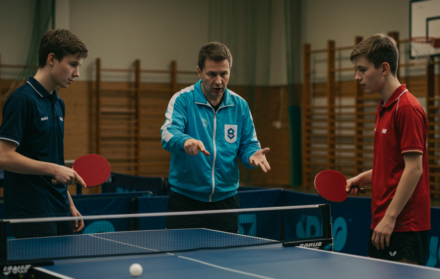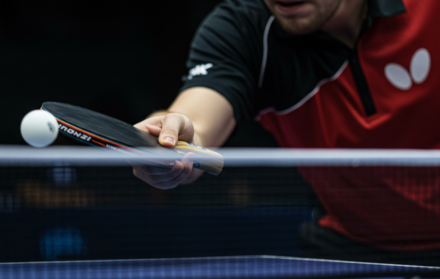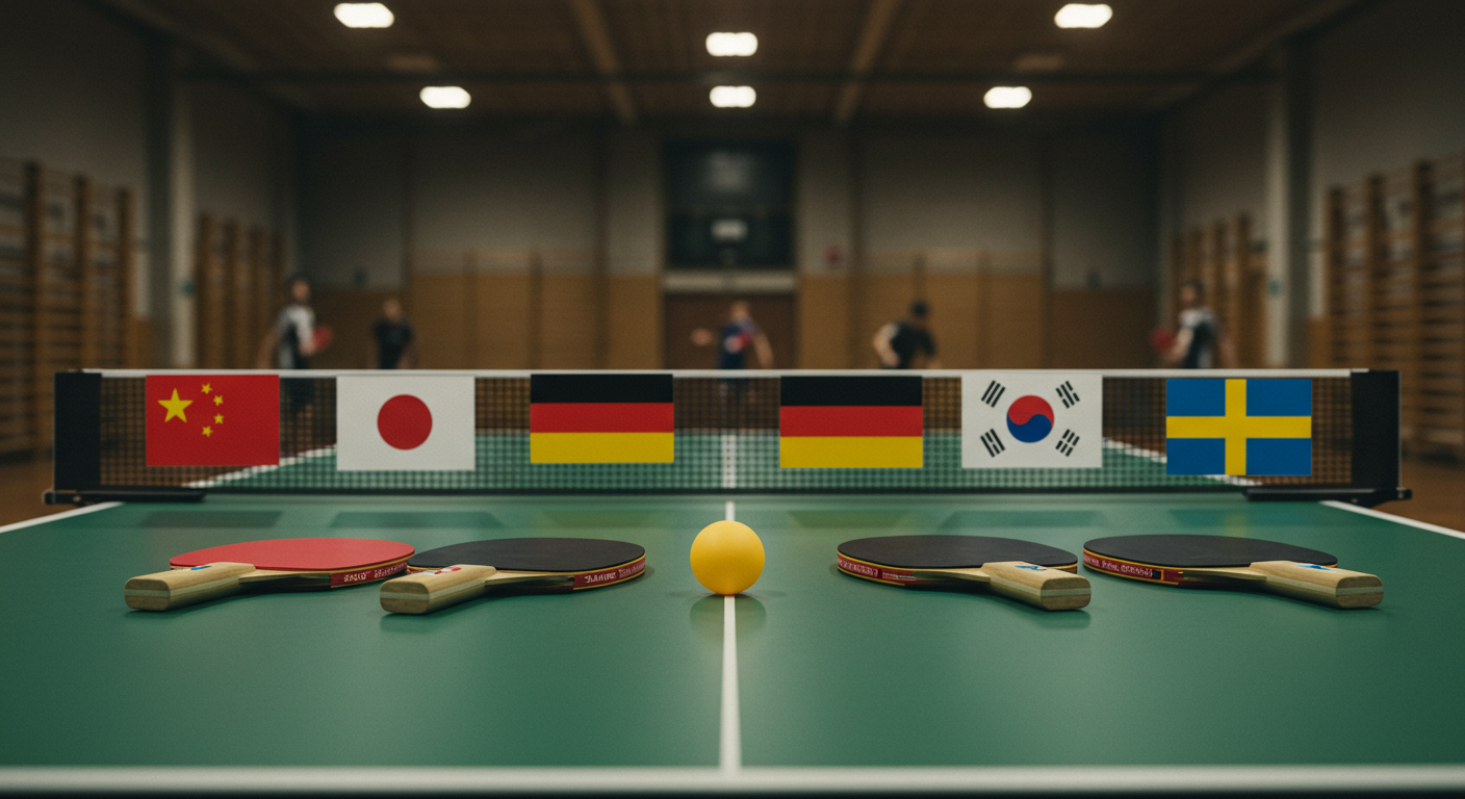
Which countries are the best at table tennis?
Table tennis may be a global sport, but when it comes to consistent international dominance, only a handful of countries have truly mastered it. While the game is played recreationally in homes, schools, and clubs around the world, the competition at the elite level is fierce and reveals clear patterns of national excellence.
In this guide, we examine which countries are the best at table tennis based on medals, player rankings, youth development, and cultural relevance. Using data from Olympic results, the International Table Tennis Federation (ITTF), and notable competitions, we can see how different nations have built their table tennis legacies.
How Do We Measure National Strength in Table Tennis?

Before diving into rankings, it is important to understand how a country’s success in table tennis is typically measured. Unlike sports that rely solely on world championship medals, table tennis reflects a mix of international success and domestic investment.
Key indicators include:
- Olympic and World Championship results
- ITTF world rankings (team and individual)
- Presence of professional leagues
- Depth of talent across genders and age groups
- Infrastructure, coaching, and national training systems
- Cultural popularity and grassroots participation
These combined factors provide a fuller picture of each nation’s standing.
China – The Undisputed Powerhouse
No discussion about table tennis can begin without acknowledging the dominance of China. Since the 1980s, China has been the gold standard in both men’s and women’s competitions. They have won more Olympic gold medals and World Championship titles than all other countries combined.
Key Highlights
- First major success came in the 1960s
- Dominated every Olympics since the sport’s debut in 1988
- Holds most of the top ITTF individual and team rankings
- Systematic development pipeline from school to national level
- Unparalleled technical coaching and physical training programs
China’s government supports the sport heavily, making it one of the few countries where table tennis is viewed as a national priority. Children begin training at young ages, often attending sports schools where they specialize in the game.
Notable Chinese Players
- Ma Long: Often considered the greatest male player of all time
- Deng Yaping: Dominated women’s table tennis in the 1990s
- Fan Zhendong: A modern powerhouse currently ranked at the top
- Sun Yingsha: Rising star on the women’s side
- Zhang Jike: Known for his explosive play and Olympic gold
The precision, power, and professionalism of Chinese players make them incredibly difficult to beat. Their commitment to the sport has made them nearly unbeatable in team formats as well.
Japan – A Rising Global Challenger

Japan has emerged as the top Asian challenger to China’s reign in recent years. With a strong domestic league and deep investment in youth development, Japan is consistently producing world-class talent.
What Sets Japan Apart?
- Early training with focus on speed and innovation
- Emphasis on both singles and doubles success
- Aggressive style of play, often featuring fast-paced counters
- Significant support from sponsors and sports science institutions
Japan’s table tennis system is unique in how it fuses discipline with creativity. Players are encouraged to innovate their strokes and match strategies, which has resulted in a younger generation unafraid of facing Chinese opponents.
Key Japanese Stars
- Tomokazu Harimoto: Known for becoming a world-class player as a teenager
- Mima Ito: Famous for her attacking play and Olympic medals
- Hina Hayata: Another strong female player in international tournaments
- Jun Mizutani: Veteran who helped lead Japan to team medal glory
Japan is also notable for its success in mixed doubles, winning gold at the Tokyo 2020 Olympics in that category. This milestone represented a breakthrough against China’s traditional dominance.
Germany – The European Stronghold
Germany has long been the strongest table tennis nation in Europe. With a rich history of competition and one of the best domestic leagues in the world, Germany has remained consistently in the global top five for decades.
Reasons for Germany’s Success
- Professional Bundesliga that attracts top international talent
- Excellent coaching systems and sports science integration
- Regular youth competitions and structured development
- Strong club culture across the country
Germany has played a key role in bridging the gap between Western and Eastern table tennis styles. Their players tend to combine raw power with deep strategic play, often using a two-winged topspin approach.
Notable German Players
- Timo Boll: European legend, known for his longevity and technique
- Dimitrij Ovtcharov: Olympic medalist with powerful backhand play
- Patrick Franziska: Steady force in team competitions
- Petrissa Solja: Among the best European female players
The German men’s team has consistently challenged China and Japan, reaching the finals in numerous World Team Championships. Their domestic league is also home to some of the world’s best coaches.
South Korea and Taiwan – The Technical Experts
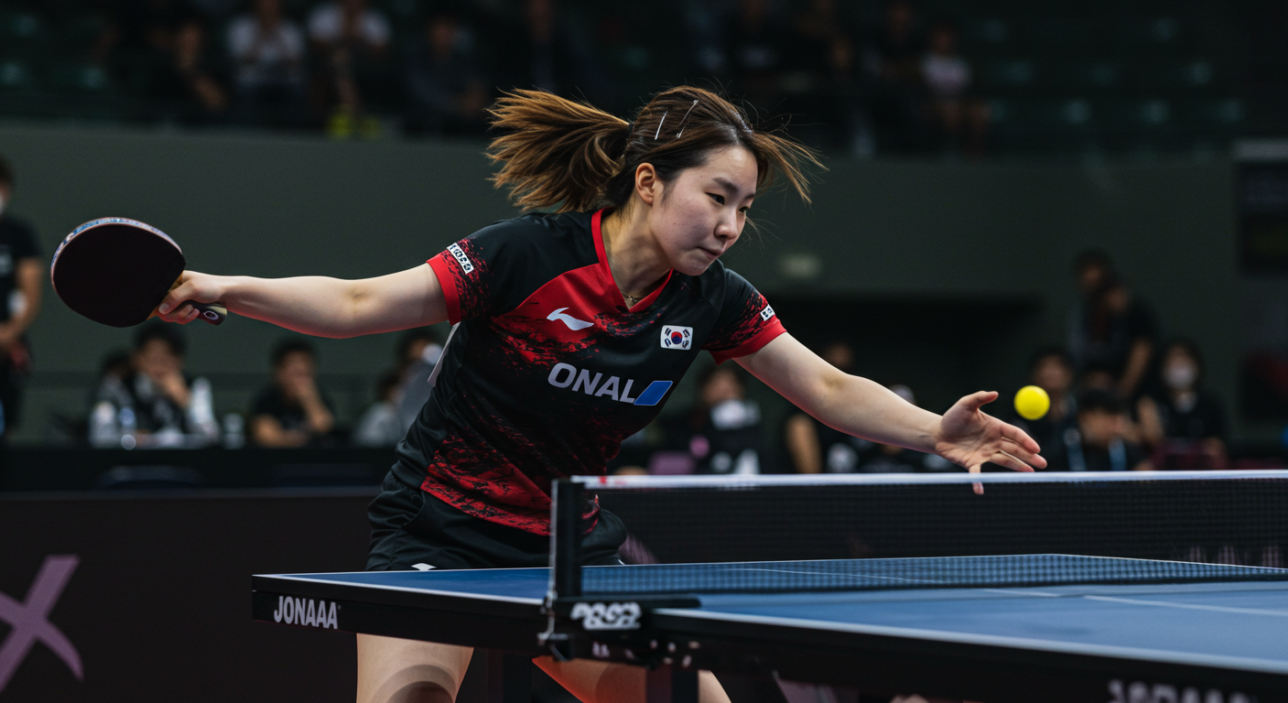
South Korea and Taiwan may not have as many titles as China or Japan, but they are known for their fast-paced, highly technical play styles. Both countries have built reputations as tough competitors who are capable of pulling off big upsets.
South Korea’s Strengths
- Specializes in doubles and quick offensive transitions
- Strong Olympic record, especially in men’s and mixed doubles
- Focused national training centers with elite coaches
- High agility and movement patterns in footwork drills
Key names include Jang Woojin, Lee Sang-su, and Jeon Ji-hee, all of whom have secured high ITTF rankings and World Tour medals.
Taiwan’s Talent Surge
Taiwan (officially competing as Chinese Taipei) has produced several standout players in the last decade.
- Lin Yun-Ju: Known for his left-handed flair and advanced touch shots
- Cheng I-Ching: One of the top female competitors in Asia
- Heavy focus on junior tournaments and international exposure
Though not yet as dominant as China or Japan, Taiwan is increasingly recognized for its player development systems and tactical innovation.
Sweden – A Legacy of Greatness
Sweden’s contribution to table tennis history is immense, particularly in the 1980s and 1990s when the country disrupted China’s dominance. Although no longer the powerhouse it once was, Sweden still holds an iconic place in the sport’s development.
The Waldner Era
Sweden’s rise is closely tied to the career of Jan-Ove Waldner, often called the “Mozart of Table Tennis.” His flair, creativity, and tactical intelligence allowed him to beat Chinese players at their peak. Waldner remains one of the only non-Chinese athletes to win Olympic and World Championship titles during China’s reign.
Other legends include:
- Jorgen Persson: Former World Champion and Waldner’s long-time teammate
- Mikael Appelgren: Known for his footwork and control game
- Mattias Falck: Modern Swedish player who reached the World Championship final in 2019
Lasting Impact
Sweden’s team-oriented approach and deep understanding of spin mechanics influenced European training programs across the continent. Even today, many European nations base their junior development frameworks on the Swedish model from that golden era.
Other Notable Countries on the Rise
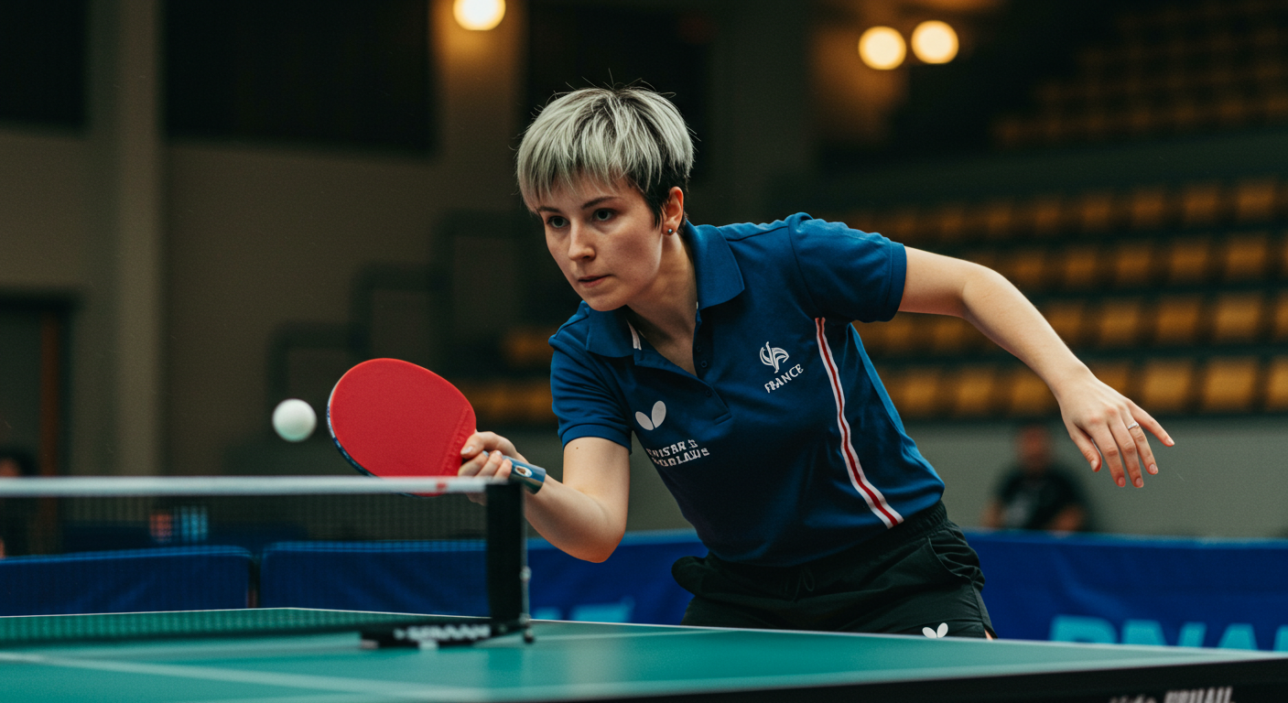
Although the global table tennis scene has been dominated by a few countries, others are steadily gaining ground through grassroots programs, naturalized talent, and improved infrastructure.
Singapore
Singapore made global headlines in 2010 when its women’s team won silver at the World Team Championships and beat China in the semifinals. A mix of native and Chinese-born players has helped Singapore maintain a steady international presence.
Brazil
Led by Hugo Calderano, Brazil has broken into the top 10 ITTF rankings. Calderano’s aggressive forehand and athleticism have inspired a new generation of Latin American players.
France
France is quickly becoming a European force. Brothers Alexis and Felix Lebrun are part of the new wave of teenage talent taking on world veterans. France has also invested heavily in youth academies and club systems.
India
India is seeing a rapid rise in both men’s and women’s table tennis. Players like G. Sathiyan and Manika Batra are regulars in international draws. With growing TV coverage and government support, India is building long-term potential.
Global Comparison Table
Here is a side-by-side look at how top nations compare across key performance indicators:
| Country | Olympic Medals | World Titles | Top Players | Development Level | Style |
|---|---|---|---|---|---|
| China | 30+ | 60+ | Yes | Elite government-run | Spin-heavy, technical |
| Japan | 5+ | Growing | Yes | Structured youth path | Speed-focused |
| Germany | Few | Finalist | Yes | Strong clubs/leagues | Power and strategy |
| South Korea | Moderate | Finalist | Yes | Focused training base | Fast and agile |
| Sweden | Historic | Historic | Few | Coaching legacy | Tactical, rhythmic |
| Singapore | Few | Finalist | Limited | Selective imports | Defensive play |
| Brazil | Few | None | Hugo Calderano | Growing interest | Athletic, aggressive |
| France | Rising | None | Lebrun Brothers | Youth-driven clubs | All-round modern play |
| India | Few | None | Yes | Expanding programs | Mixed development style |
Why Asian Countries Lead in Table Tennis
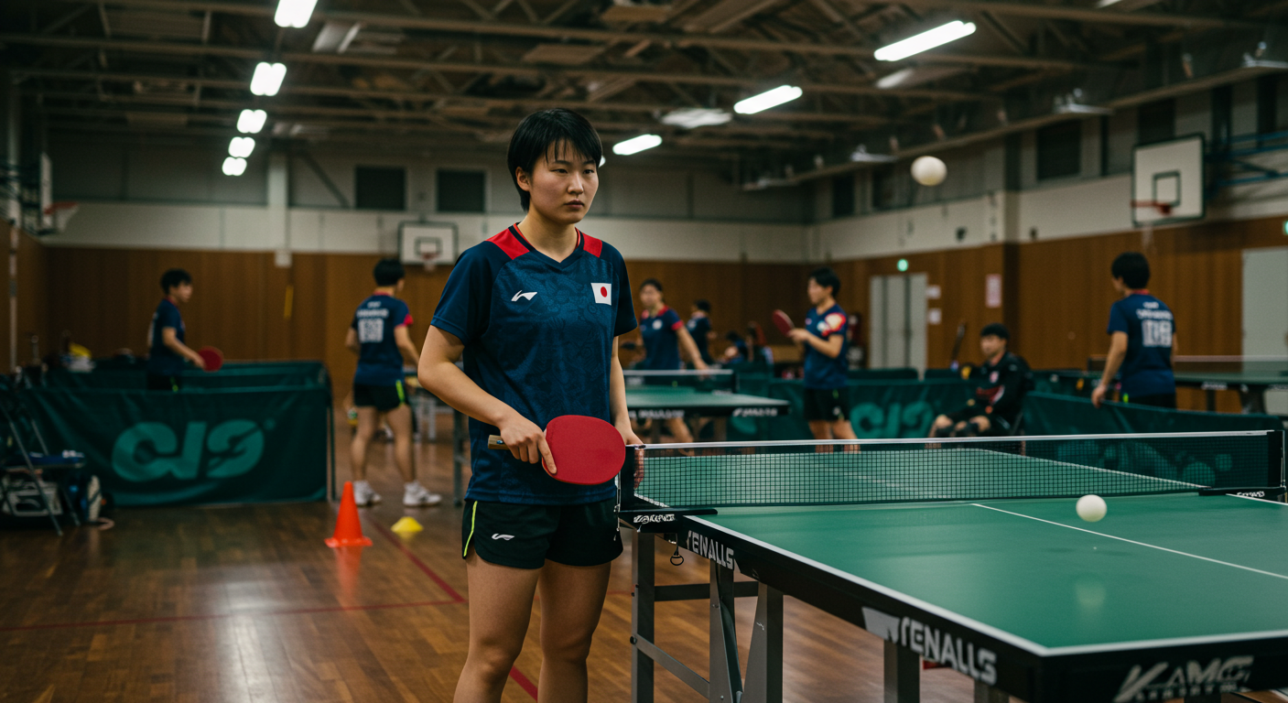
Asian dominance in table tennis, especially by China, Japan, and South Korea, can be attributed to several structural advantages:
- Early Specialization: Children begin training by age 6 or 7 with dedicated coaches
- State Investment: Government funding ensures full-time coaching, housing, and education
- Cultural Emphasis: Table tennis is deeply respected and supported at all levels
- Academic Integration: Schools often prioritize athletic programs, allowing athletes to balance study and play
- Depth of Talent: A large player base creates fierce internal competition, pushing the standard higher
Even among non-professional players, recreational participation in countries like China is exceptionally high. This constant exposure feeds into a vibrant and competitive national ecosystem.
Can Western Countries Catch Up?
While Asia still holds the top spots, many Western countries are making strategic progress:
- France has focused on junior talent pipelines, similar to Asian academies
- Germany maintains strong domestic leagues that attract international players
- Brazil and USA are investing in international coaching and athlete exchange programs
- India is catching up with federation funding and increased media visibility
Challenges still remain — limited infrastructure, high equipment costs, and less cultural visibility make table tennis a niche sport in many Western regions. However, long-term investment and player development could close the gap in coming decades.
Final Thoughts: Which Countries Are the Best at Table Tennis?
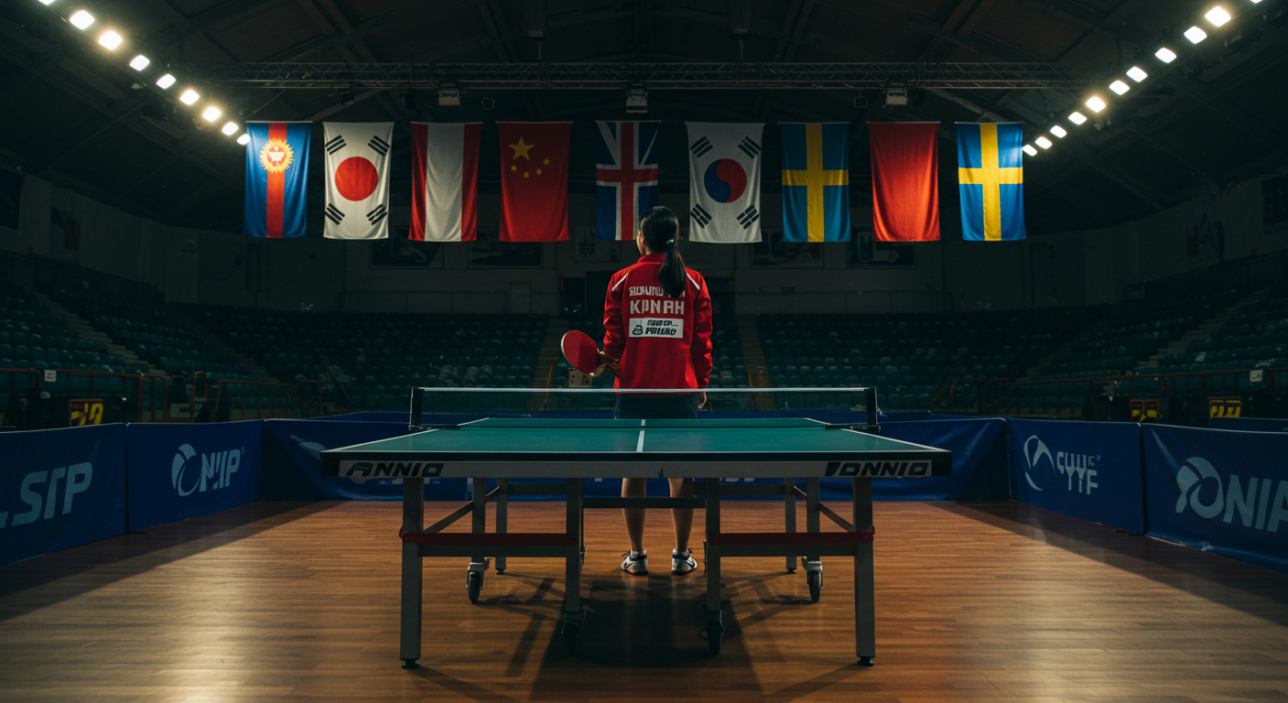
Table tennis remains a sport where technical mastery, discipline, and early development create international champions. China leads by a wide margin, but countries like Japan, Germany, and South Korea have established themselves as serious competitors. Meanwhile, rising nations such as France, India, and Brazil are proving that with the right infrastructure, global success is possible.
The landscape of elite table tennis continues to evolve. As more nations invest in coaching, youth systems, and international exposure, we may soon see a broader mix of champions at the world level.
Frequently Asked Questions
1. Why is China so dominant in table tennis?
China invests heavily in early talent identification, coaching, and sports science. Players train full-time from a young age, and the competition within China is tougher than most international events. Their consistency, discipline, and infrastructure give them a huge edge.
2. Which European country has had the most success?
Germany is the most consistent European performer in modern table tennis. Historically, Sweden also achieved significant success, especially during the Waldner era.
3. Are there any American players in the top rankings?
While the USA has not yet broken into the elite tier, players like Kanak Jha have appeared in top 100 rankings. Investment in training centers and youth programs is growing.
4. How does Japan train its table tennis athletes?
Japan uses a structured approach with national training centers, school-level competitions, and support from sponsors. Their style emphasizes speed, timing, and creativity.
5. What makes a country successful in table tennis?
Key factors include early athlete development, professional coaching, government or private funding, strong domestic competitions, and a culture that values the sport.

